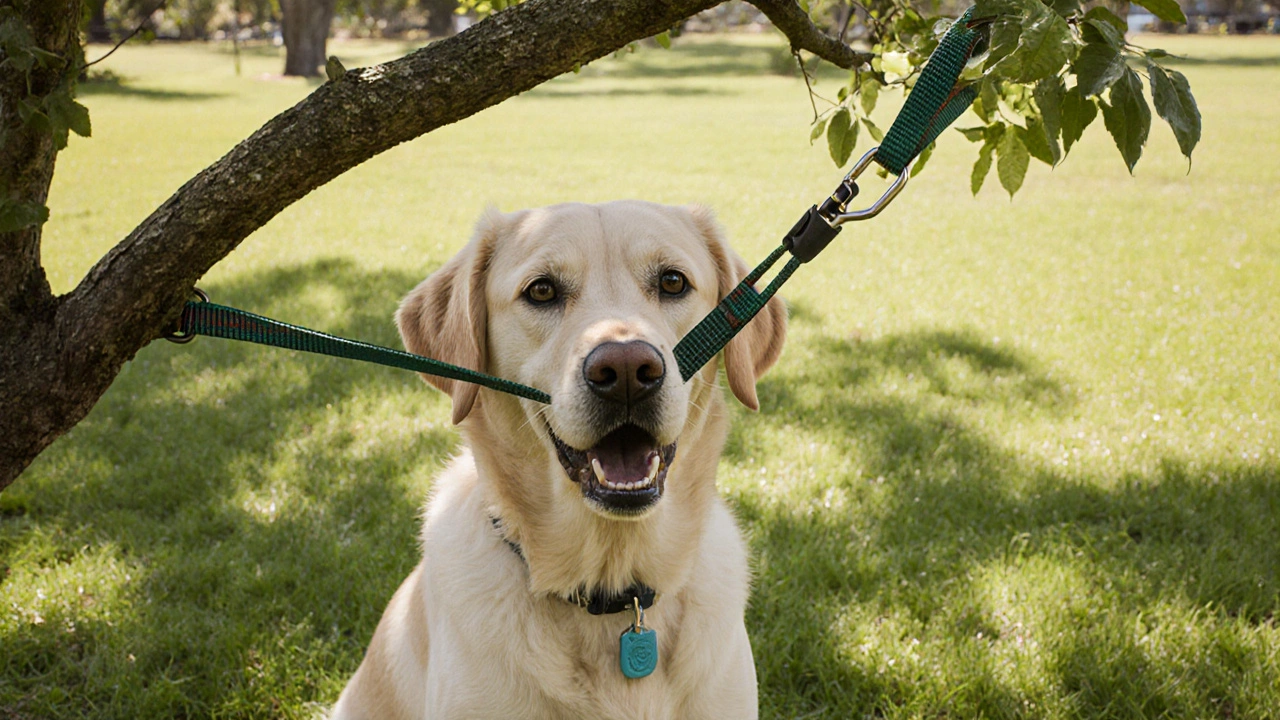Dog Harness vs Collar: Which Is Safer and More Effective?
When it comes to walking your dog, the choice between a dog harness, a supportive strap system that distributes pressure across the chest and shoulders. Also known as chest harness, it and a traditional dog collar, a loop that fits around the neck and is often used for identification tags and leash attachment. Also known as neck collar, it isn’t just about style—it’s about your dog’s health. Many owners assume collars are fine because they’ve always used them, but vets increasingly warn that collars can put dangerous pressure on the trachea, neck nerves, and even the eyes, especially in small breeds or dogs that pull. A dog harness changes the game by shifting force away from the neck and onto stronger, safer parts of the body.
Why does this matter? If your dog pulls on the leash, a collar can cause choking, coughing, or even nerve damage over time. That’s why vet recommendation, professional advice from licensed veterinarians about pet health and equipment choices leans heavily toward harnesses for daily walks. Studies show that dogs wearing harnesses have lower rates of respiratory issues and neck strain compared to those in collars. But it’s not just about safety—harnesses also give you more control, especially with strong or excitable dogs. Collars still have their place, though. They’re great for holding ID tags, and some dogs feel more comfortable in them if they’re well-fitted and used only for short, calm walks. The real question isn’t whether one is better than the other, but which one fits your dog’s size, behavior, and needs.
You’ll also find that the right gear depends on your dog’s breed and habits. A brachycephalic dog like a Pug or Bulldog has a shorter airway and is at higher risk from collar pressure—so a harness isn’t just preferred, it’s essential. Meanwhile, a well-trained Labrador who walks calmly might do fine in a collar for quick trips to the mailbox. But if your dog lunges at squirrels, bolts at the park, or pulls on the leash, a harness isn’t just a good idea—it’s a necessity. And don’t forget fit: a poorly fitted harness can rub, chafe, or even slip off. Look for adjustable straps, padded chest panels, and a secure clip near the shoulder blades. Many owners start with a harness and never go back.
What about training? Some people think collars are better for teaching commands because they’re more direct. But that’s outdated thinking. Modern training focuses on positive reinforcement, not pressure. A harness actually makes training easier because it gives you better control without causing pain or fear. Plus, if your dog is prone to tracheal collapse or has a history of neck injuries, a harness isn’t optional—it’s medical advice. You’ll see this clearly in posts like Veterinarian Advice: Collar vs Harness for Dogs - Which Is Safer?, where real vets break down exactly why harnesses win for most dogs.
Below, you’ll find a collection of honest, practical guides that cut through the noise. From what vets really think, to how to pick the right fit, to why some harnesses can be worse than collars if you get them wrong—this isn’t theory. It’s what works for real dogs and real owners. Whether you’re new to dog ownership or just tired of your pup choking themselves on walks, the answers are here.
Are Breakaway Collars Necessary for Dogs? Here's What Pet Owners in New Zealand Need to Know
Breakaway collars can save your dog's life if they get caught on something. Learn when they're necessary, how to choose the right one, and why they're not just for small dogs.
